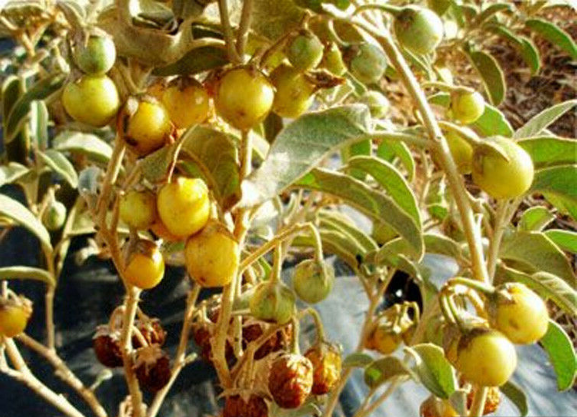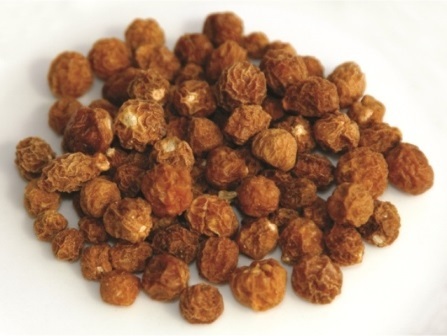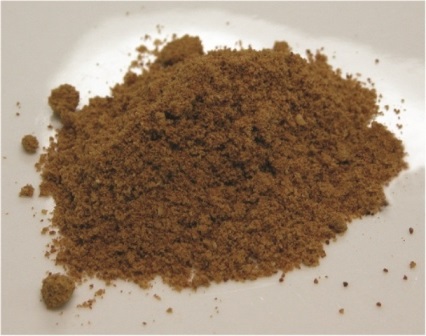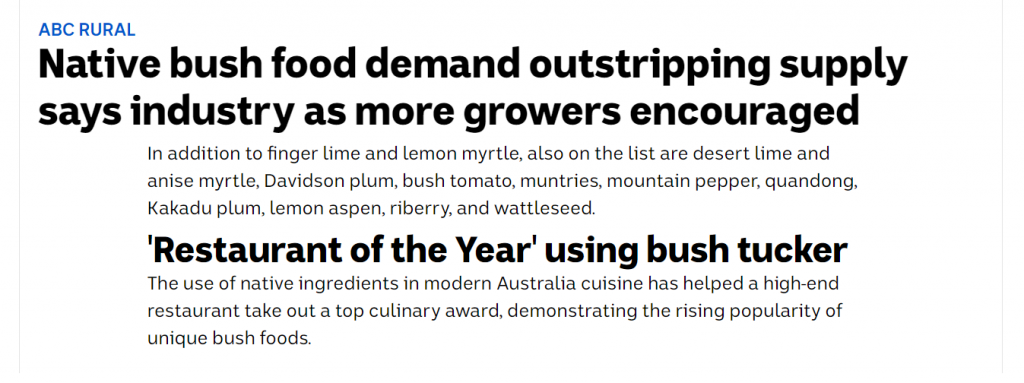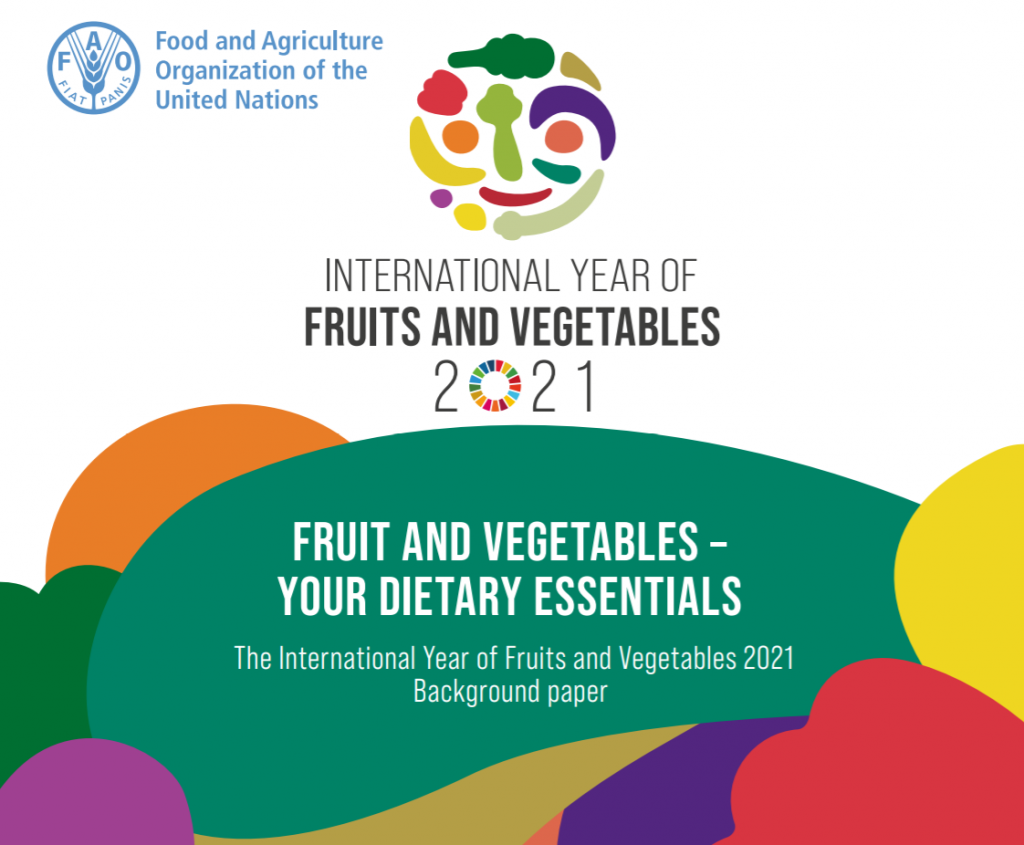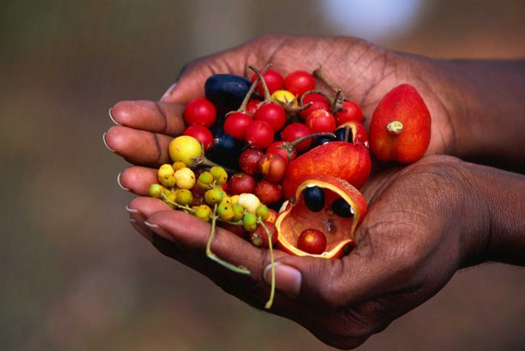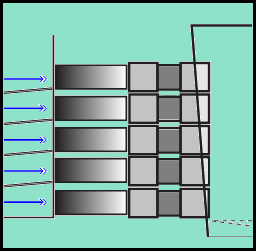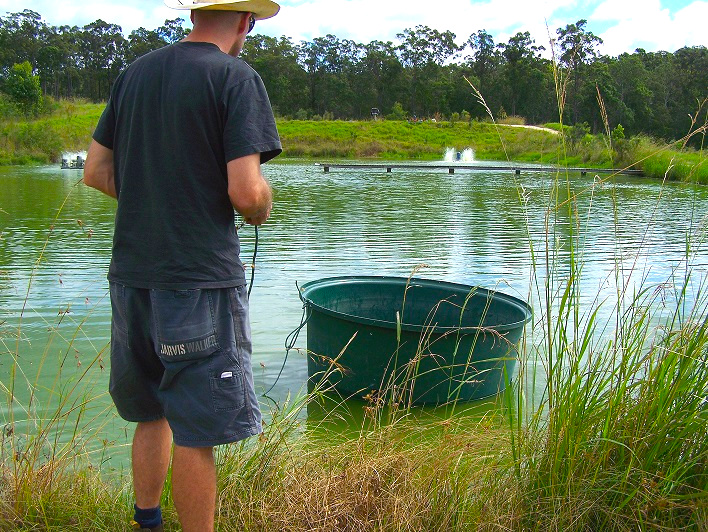Projects
Australian Native 'Desert Raisin' (Bush Tomato) Bush Food Commercialisation Project Utilising Vertical Hydroponic Production
Other Projects that we are investing in below
Desert Raisin (Solanum centrale) belongs to the bush tomato family endemic to the semi-arid country of Central Australia. The Desert Raisin is a small clonal ‘under-shrub’ approximately 30cm high, with purple flowers, soft mid-green leaves, and round to pear shaped green fruit 5 to 25mm in diameter, ripening to yellow. The dried fruit is wrinkled with a light to dark brown colour. The fruit is an important food item for the Traditional Owners of Central Australia, and is now much sought after due to its exquisite flavour, nutritional intensity and praise by internationally recognised chefs.
Most Desert Raisin fruit produced is wild-harvested and supply is irregular and extremely limited. Wild sourced product is greatly dependent on rainfall. Arid cultivation attempts are restricted to specific climatic and soil conditions, additionally limiting market growth. Markets are desperately seeking reliable supplies. Producers are receiving very impressive prices.
Why Desert Raisin?
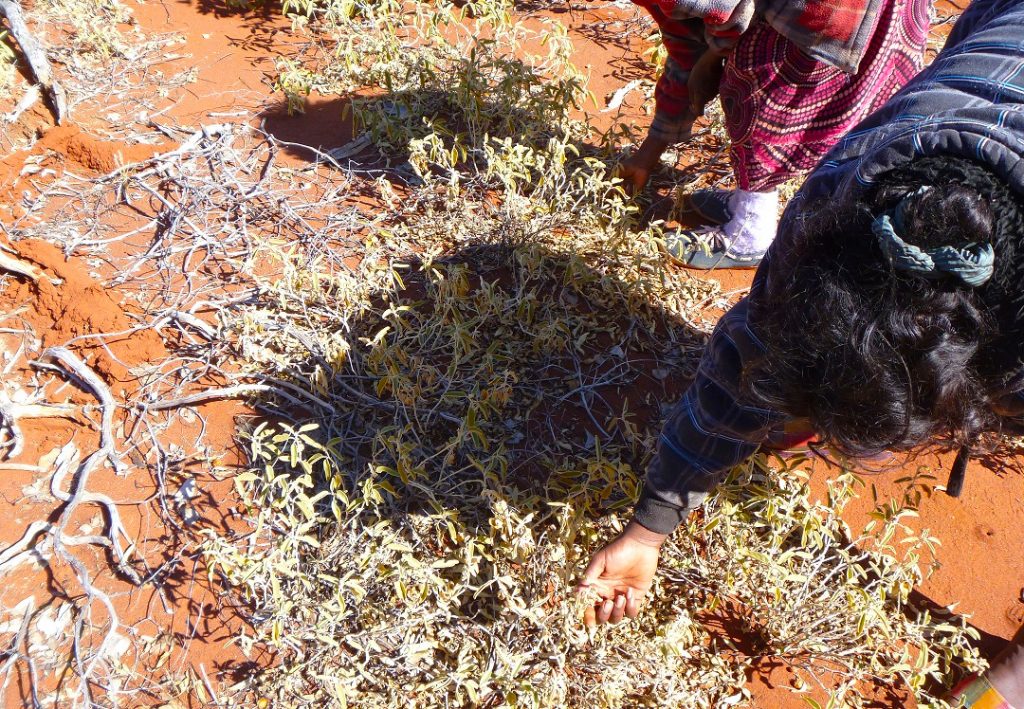
While helping develop their market garden and hydroponics facility, which are very vital and necessary facilities for remote communities, I became fascinated with the concept of hydroponically cultivating our truly amazing native bush foods.
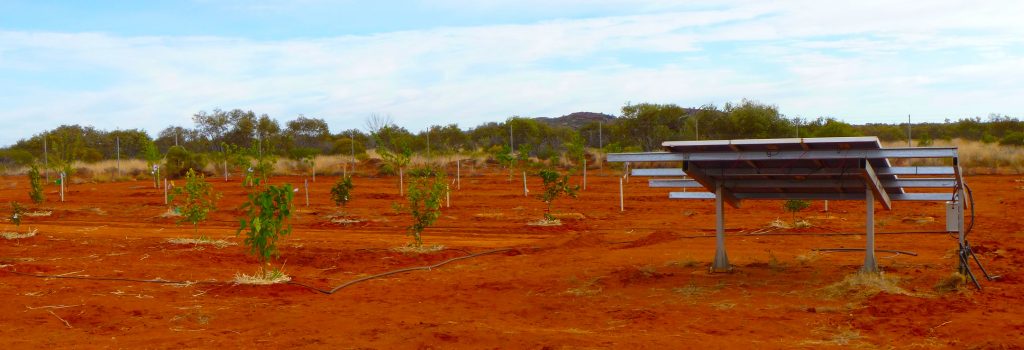
As a project officer working in remote central Australia, helping the Traditional Owners undertake conservation work, I was fortunate to be taught how to survive in the harsh semi-arid environment and learn of the important, culturally and dietary, traditional food sources. One particular favourite is the Desert Raisin, or ‘kutjera’, which I often got the privilege to sample.

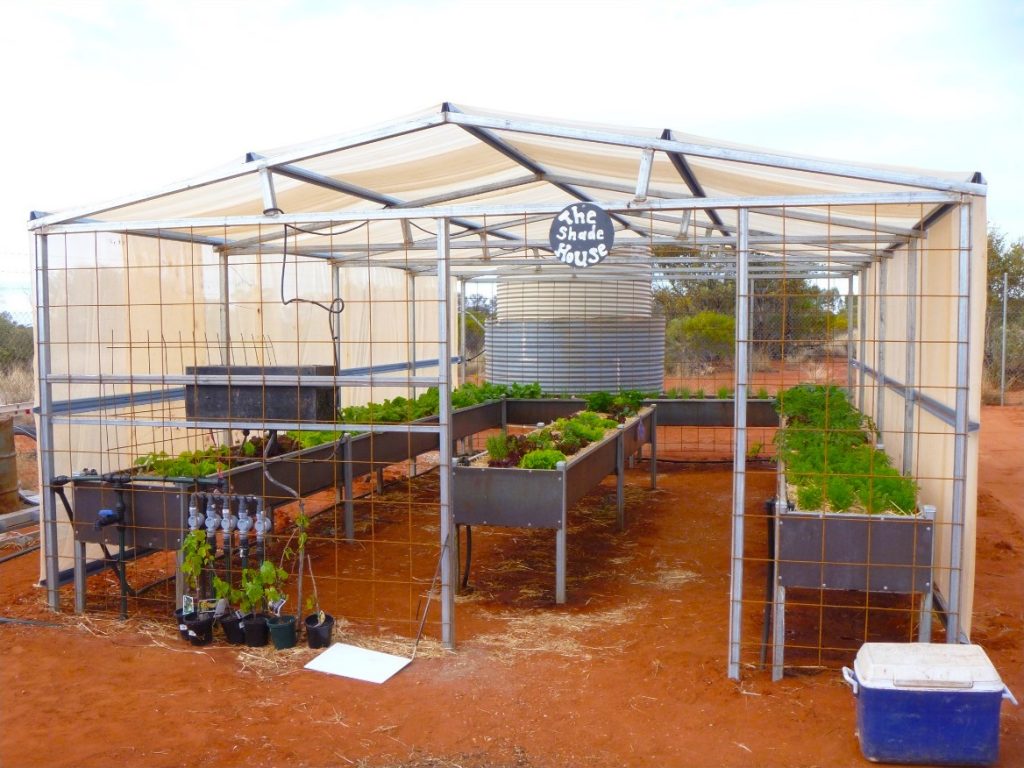
"The Australian native fruits, herbs and spices contain an exceptionally rich composition of phenolic compounds present at relatively high levels. With the observed multiplicity of phytochemicals, native fruits, herbs and spices may contribute greatly to diversify and enhance the health-maintaining properties of the daily diet."
- Native species evaluated in this study exhibited superior antioxidant capacity.
- Bush Tomato contained 483-fold higher level of Potassium (K) than Sodium (Na) and in this respect was the most favourable ‘spice’ species.
- Bush Tomato was identified as the richest Iron (Fe) source with 26.5 mg/g DW.
Bush Tomato provide Selenium (Se), which is necessary for antioxidant enzymes to function and can be promoted as a source of this essential mineral.
The Desert Raisin & Hydroponics
The Desert Raisin, belonging to the native bush tomato family, has a strong zesty sun dried tomato, caramel and tamarillo flavour and aroma with incredibly diverse culinary versatility.
What We Have Achieved

Sprouting Desert Raisin
Procuring Desert Raisin seeds may become more challenging, and certainly field cultivation has limited capacity due to limiting environmental requirements. Government trials resulted in a maximum 65% germination rate, as Bush Tomato seeds do not readily sprout. We have developed a better germination method.
We have achieved approximately 80% seed germination success rate and are set to continue improving on sprouting success.
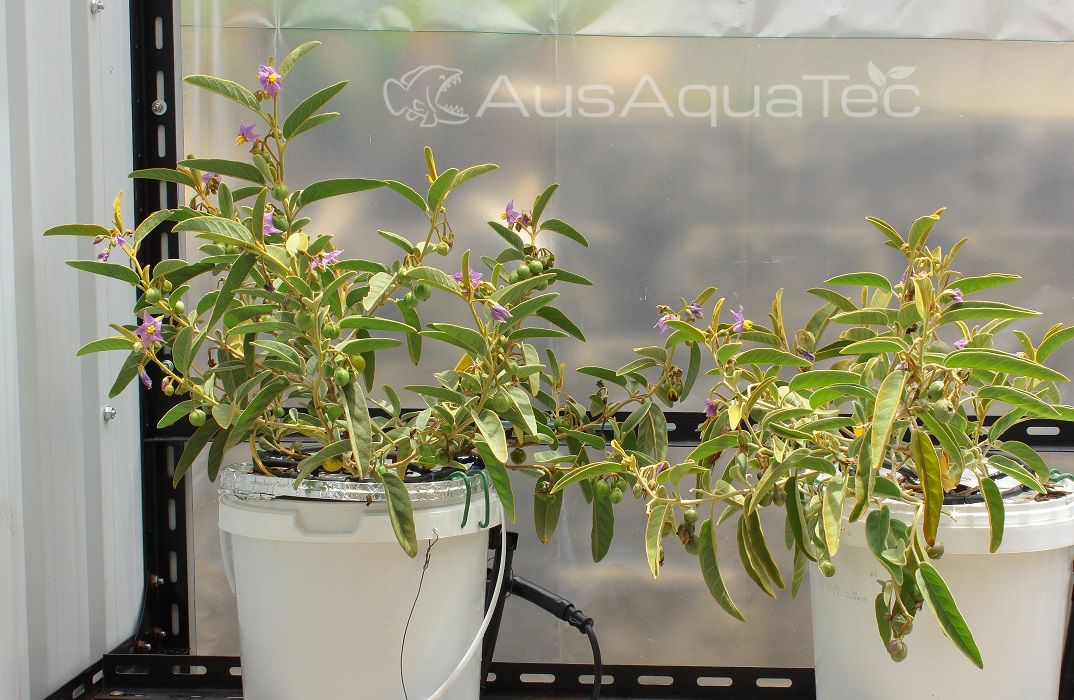
Vegetative Growth
Desert Raisin is endemic to the semi-arid regions of central Australia, and government cultivation research has shown two crops obtainable per annum. Our preliminary trials comparing growth rates between potted and hydroponically grown Desert Raisin show our hydroponic plants developed twice as fast in our own specifically designed system.
Our hydroponic trials have yielded up to a 20% larger plant size than what is found in the wild.
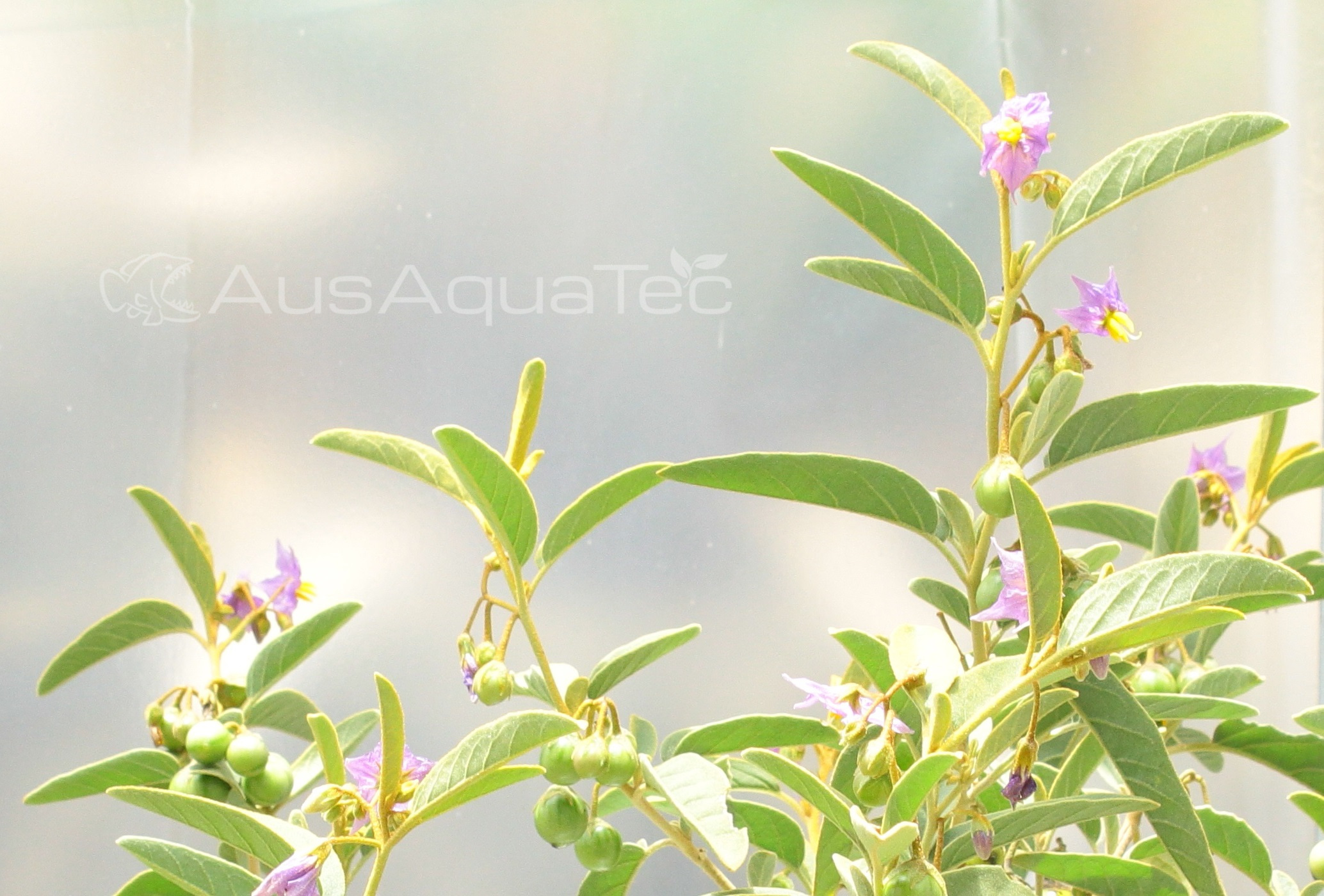
Flowering & Fruiting
Fruiting occurred in half the time with our hydroponically grown Desert Raisin compared with our potted samples. Native bees readily visited our trial site to help pollinate the colourful flowers, resulting in fruit initiation shortly thereafter. Government arid cultivation trials of one hectare required up to 80,000 litres of water per week. Our hydroponic trials show exceptional water use efficiencies.
Pollination has been successful within our hydroponic system producing beyond 110 fruit per plant.
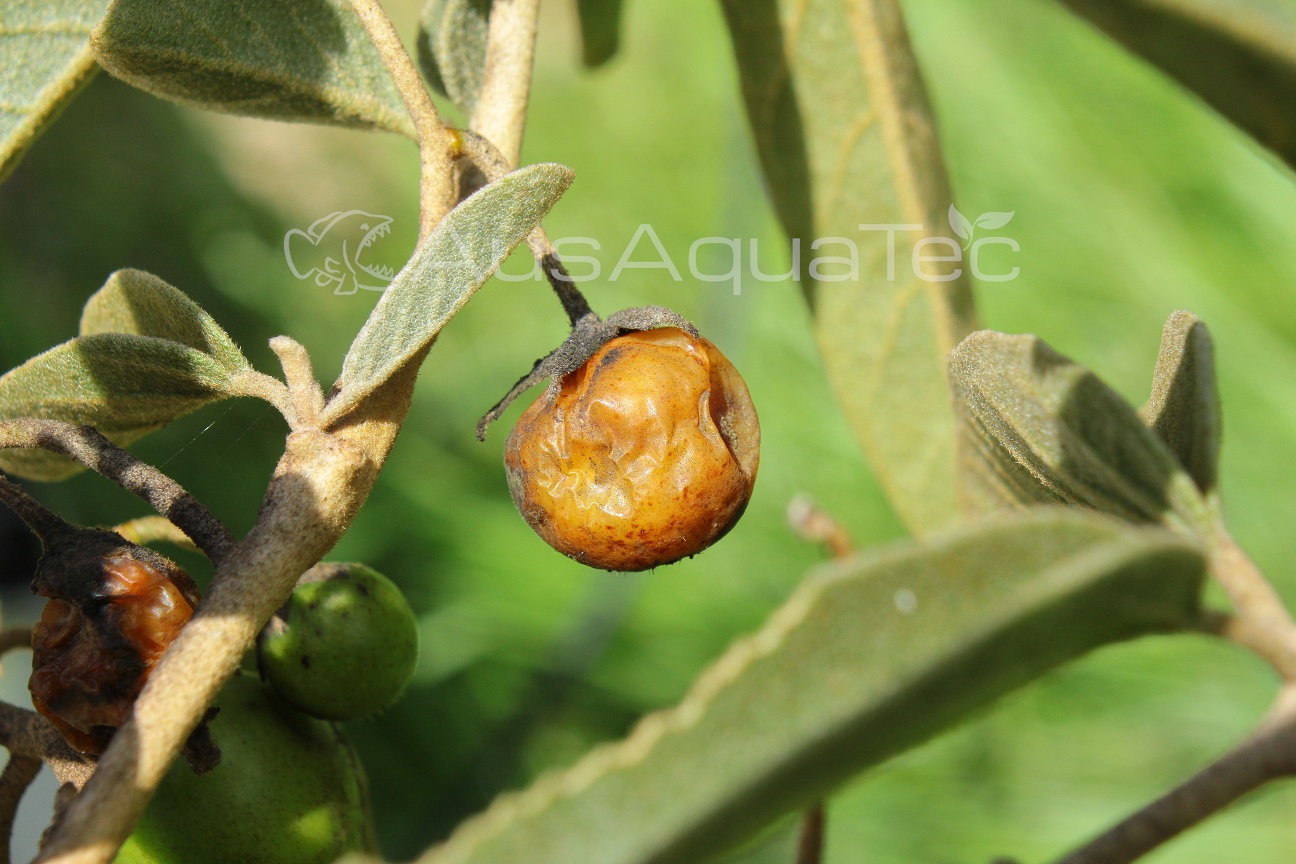
Final Product
Wild harvesting has only a very limited ability to meet the expanding demand. Obtaining this benchmark has now allowed us to commence the domestication and breeding selection program, as all fruit generated from the very best in our trials are being saved for seed collection. Arid cultivation is challenging, however, we are able to control and optimise all inputs and environmental parameters.
Our fruit developed to a marketable product, proving hydroponic cultivation is commercially viable.
What's Next with Desert Raisin
